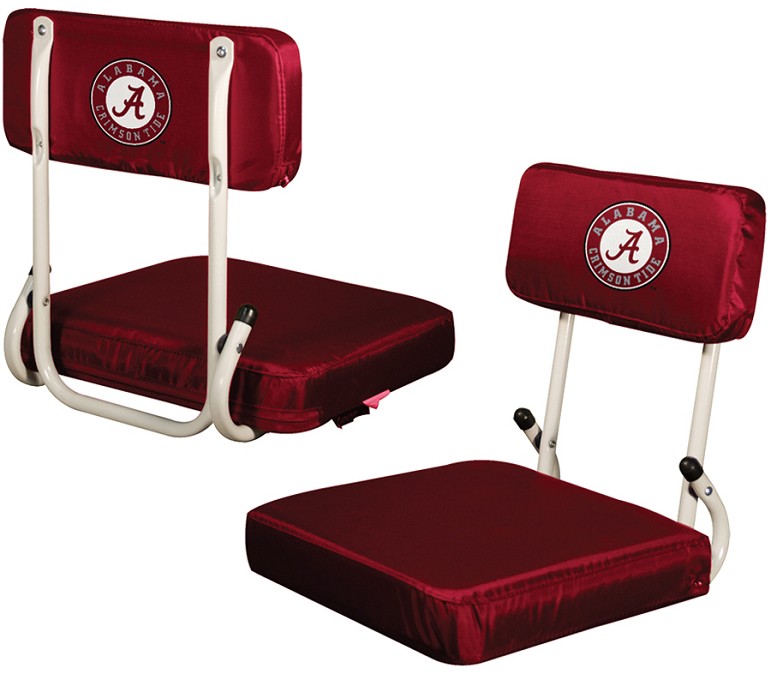What this booklet was to accomplish for addressing 10 thought provoking
subject matters from a passenger perspective, and why the aviation industry
straddles so many different customer types. The customer types have many
opposing objectives as well as many common goals within its industry. A Boeing
perspective has a clear vision of its commercial aircraft producing function and
must compete in the field with its airline customers.
Mission/Vision provided from:
“Boeing Commercial
Airplanes is committed to being the leader in commercial aviation by offering
airplanes and services that deliver superior design, efficiency and value to
our customers and a superior flying experience to their customers. Today, there
are more than 10,000 Boeing commercial jetliners in service; airplanes that fly
farther on less fuel, airplanes that reduce airport noise and emissions,
airplanes that provide passenger-preferred comfort while delivering superior
bottom-line performance to operators. Leadership for today and tomorrow. That's
a better way to fly.”
Judging briefly what this tells this presentation, Boeing is
strongly in it with this statement,…
“while delivering superior bottom-line performance to operators. Leadership for today and tomorrow. That's a better way to fly.”
“while delivering superior bottom-line performance to operators. Leadership for today and tomorrow. That's a better way to fly.”
Below, is a recognition to
its airline customer while it structures its mission towards for that customer while giving an inference to the travel passengers.
“Boeing Commercial
Airplanes is committed to being the leader in commercial aviation by
offering airplanes and services that deliver superior design, efficiency and
value to our customers and a superior flying experience to their
customers.”
The superior flying condition for its passenger customer is
affected by an airline’s own goals in the service and capacity areas. Boeing
provides an over-all superior environment and advanced technology for
passengers. Where the airline controls the passenger configurations for its own
profitability and business success. Once again the passenger controls very
little demand on its aviation ride.
It is better observed where Boeing has constructed many options
for an airline’s consideration. When the airline has a business plan, Boeing
commercial airplane flexibility is a big tool box for it to purchase its product. The airline can simply buy seats, adjust colors and
offer amenities for which a Boeing produce airplane can offer. Boeing would diminish its product selling capacity to an airline customer, if it controlled airline
configuration for the sake of the passenger. Boeing only offers possibilities
for future passengers of an airline. There is a separation from the
manufacturer and passenger at this point. Boeing sells the ability to do many
things for any perspective passenger, but leaves that decision to its airline
customer.
Every time a passenger complains about a 787 experience
because it was too cramped, it becomes an issue of the airline and not the Boeing
787. ANA, Boeing's first customer in delivery, used the 787-8 by only installing an
8 across configuration in the main cabin. ANA established a configuration for
its 787-8 with 8 across economy seating for 180. The airplane capacity has
about 222 seats in two classes. They were on to something as an airline
customer to Boeing. The manufacturer always said the 787 was design for 8
across seating but had the ability for 9 across seating for which a preponderance of
787’s goes 9 across in the economy section.
The final say for the airline culture, if passengers demand cheap tickets, then it has lost its demand power. If airlines configures beyond the
standard design constraints, it cannot blame Boeing. If Boeing provides so many options for idle hands, it has provided enough rope to hang itself.
What is coming is meat hook seating for cheap tickets that can fly 9,000 miles leaving a smaller carbon footprint.



